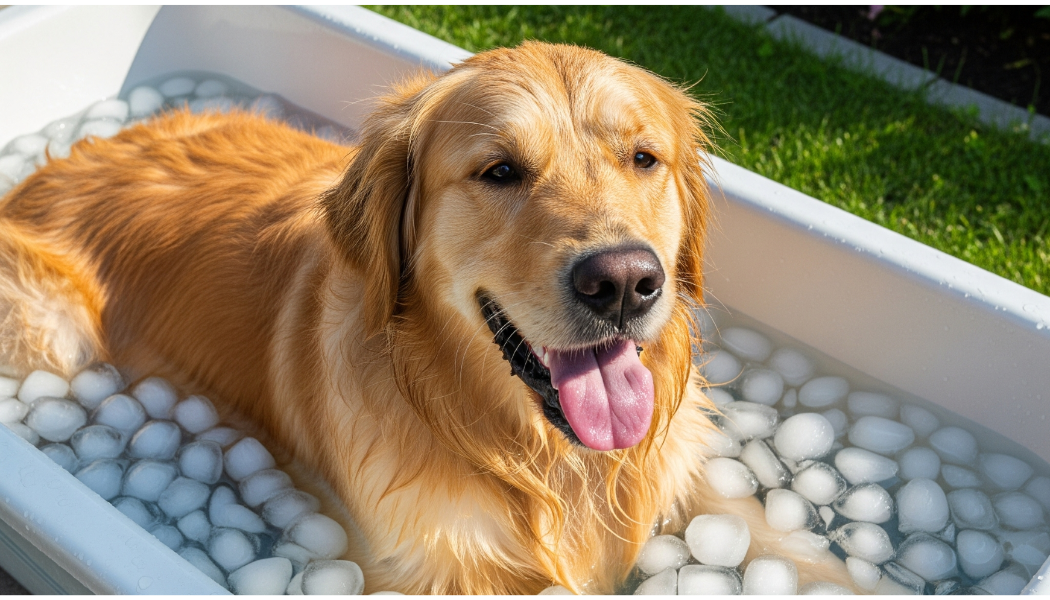Potentilla pennsylvanica - PENNSYLVANIA CINQUEFOIL
Quite common plant in natural areas, but less common in horticulture and gardens.
Golden flowers, gray-green leaves.
Blooming Time: June – July/August
Size: about 1' tall x 0.25-0.5’ wide
USDA Zones: 4 to 8
Culture: full sun, half-sun, drier or dry soil, sandy, gravely, rocky soils (preferably with some drainage presence). Drought tolerant.
Moisture Needs: dry, medium-dry, medium
Origin: Native primarily to the western third of the USA, with some scattered areas in the Midwest see the BONAP map. It naturally occurs in drier locations - prairies, road side, rocky slopes, close to rock outcrops, mostly on drained soils - rocky, sandy, gravely soils.
Deer/Rabbit Resistant: not known
Attracts Butterflies or Pollinators: native bees and most likely more
Attracts Hummingbirds: no
Pot Size: 3.5" x 4" perennial pot (1.22 pt/580 ml)
Picture copyright : 1- Matt Lavin, 2 - Jim Morefield
Plant combinations: Cottage gardens, pollinator plantings, prairie gardens, rock gardens, and naturalized sunny and dry spots. Good perennial company will include shorter plants or cultivars of Agastache, Aster, Asclepias tuberosa, Baptisia, Callirhoe, Coreopsis, Dalea, Echinacea, Eryngium yuccifolium, Gaillardia, Liatris, Monarda fistulosa, Penstemon, Ratibida, Silphium terebinthinaceum, Verbena spicata or prairie grasses like Schizachyrium scoparium, Sporolobus heterolepis, Stipa etc.
Suitable non-native perennials can be Acanthus, Ashodelina, Campanula, Centaurea montana, Dictamnus, Eryngium, Knautia macedonica, Kniphophia, Iris x germanica, Iris tectorum, Lavandula, Stachys (byzantina, macranta), Veronica spicata etc.

Potentilla pennsylvanica - PENNSYLVANIA CINQUEFOIL
Quite common plant in natural areas, but less common in horticulture and gardens.
Golden flowers, gray-green leaves.
Blooming Time: June – July/August
Size: about 1' tall x 0.25-0.5’ wide
USDA Zones: 4 to 8
Culture: full sun, half-sun, drier or dry soil, sandy, gravely, rocky soils (preferably with some drainage presence). Drought tolerant.
Moisture Needs: dry, medium-dry, medium
Origin: Native primarily to the western third of the USA, with some scattered areas in the Midwest see the BONAP map. It naturally occurs in drier locations - prairies, road side, rocky slopes, close to rock outcrops, mostly on drained soils - rocky, sandy, gravely soils.
Deer/Rabbit Resistant: not known
Attracts Butterflies or Pollinators: native bees and most likely more
Attracts Hummingbirds: no
Pot Size: 3.5" x 4" perennial pot (1.22 pt/580 ml)
Picture copyright : 1- Matt Lavin, 2 - Jim Morefield
Plant combinations: Cottage gardens, pollinator plantings, prairie gardens, rock gardens, and naturalized sunny and dry spots. Good perennial company will include shorter plants or cultivars of Agastache, Aster, Asclepias tuberosa, Baptisia, Callirhoe, Coreopsis, Dalea, Echinacea, Eryngium yuccifolium, Gaillardia, Liatris, Monarda fistulosa, Penstemon, Ratibida, Silphium terebinthinaceum, Verbena spicata or prairie grasses like Schizachyrium scoparium, Sporolobus heterolepis, Stipa etc.
Suitable non-native perennials can be Acanthus, Ashodelina, Campanula, Centaurea montana, Dictamnus, Eryngium, Knautia macedonica, Kniphophia, Iris x germanica, Iris tectorum, Lavandula, Stachys (byzantina, macranta), Veronica spicata etc.





